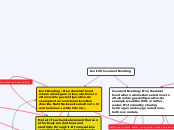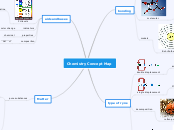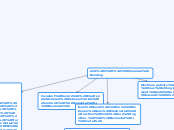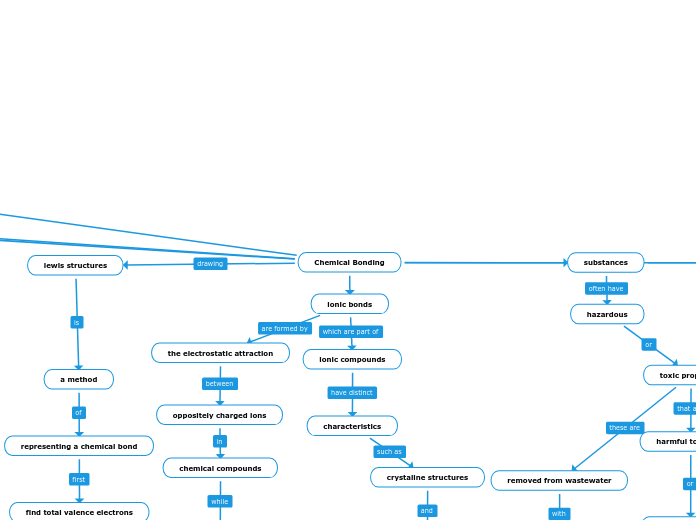Lewis symbols are diagrams that show the number of valence electrons of an element, having the dots represent lone pairs. The lewis symbol for Carbon would be C surrounded by 4 valence electrons. Each electron would be rep. as a dot.
Lewis structures: Lewis structures are also referred to as lewis dot diagrams. They are diagrams that show the bonding between atoms in a molecule and lone pairs of electrons that exist in the molecule as well. An example is the structure of Methane. C would be in the middle, surrounded by 4 H's around it on every electron. There would be a total of 8 valence electrons
Electronegativity is the ability of an atom to attract bonding elements to itself. It helps us predict the nature of chemical bonds between elements. The electronegativity of elements increase from left to right on the periodic table and decrease from top to bottom. Cl's electronegatvity is at 3.6.
The bonding capacity is the amount of electrons that an atom can lose, gain or share to create a chemical bond. Nitrogen has a bonding capacity of 3. Chlorine has a bonding capacity of 1.
Ionic VS Covalent Bonding
Covalent Bonding: It's a chemical bond where atoms share electrons to attain noble gas configuration. An example would be H2O, or rather, water. It's formed by sharing hyrdrogen and oxygen electrons, both non metals.
Polarity: Polarity is a term that describes, or refers to the way that 2 atoms bond. If one atom attracts the electrons more strongly, it takes on a partial negative charge, and the atom that attracts weaker takes on a positive charge. The difference in the electron attraction forms a polar covalent bond. The larger the EN, the stronger the atoms attract the electrons of a covalent bond.
Intermolecular forces: They are attractions between one molecule and a neighboring molecule. They are forces that exist between molecules. Intermolecular forces examples include dipole dipole attractions, hydrogen bonding and London dispersion attraction.
Intramolecular forces: They are any forces that binds together atoms that make up the compound or molecule. Examples include covalent, ionic and metallic bondings.
Ionic Bonding : It's a chemical bond where atoms gain or lose electrons to attain noble gas configuration. An example of an ionic bond is sodium chloride, NaCl. Na loses its electron to Cl and becomes + while Cl turns -.
Metal: It's a chemical element that can effectively conduct heat and electricity through it. It forms cations as well and they have metallic bonds. An example of a metal is Aluminum. They can be split in 2 categories - Alkali metals in group 1 and alkaline earth metals in group 2.
Nonmetal: Elements of groups 14 to 16 on the periodic table, non metals are very brittle and exist in 2 states; solids and gases. It's also a good insulator for heat and cold. An example of a non metal is Nitrogen and Oxygen.
Diatomic molecules: They are elements made up of 2 atoms. A dipole holds polar molecules together since the partially positive side of one polar molecule attracts the other partially negative side of the adjacent polar molecules. Hydrogen is an example of a diatomic molecule at room temperature, as well as chlorine.









